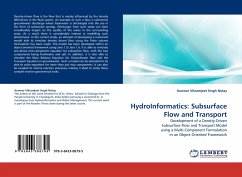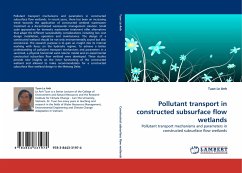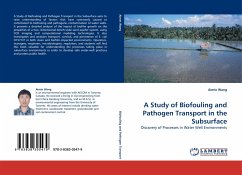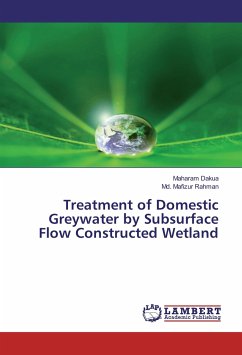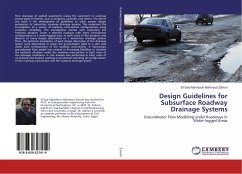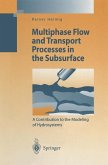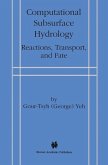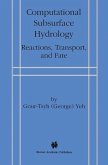Density-driven flow is the flow that is mainly influenced by the density differences in the fluid system. An example of such a flow is submarine groundwater discharge where freshwater is discharged into the sea in the form of submarine springs. Discharges from such seeps can have considerable impact on the quality of the water in the surrounding areas. As a result there is considerable interest in modelling such phenomena. In the current study, an attempt at developing a numerical model able to simulate density driven flow using the finite volume formulation has been made. The model has been developed within an object-oriented framework using Java 1.5/ Java 1.6. It is able to simulate one-phase two-component equation for subsurface flow, with the two components being freshwater and salt. In addition, it is also able to simulate the Mass Balance Equation for Groundwater flow and the Transport Equation in groundwater. Such a model can be extended to be able to solve equations for more than just two components. It can also be coupled to marine reaction processes making it ideal to study those complex marine geochemical tasks.
Bitte wählen Sie Ihr Anliegen aus.
Rechnungen
Retourenschein anfordern
Bestellstatus
Storno

